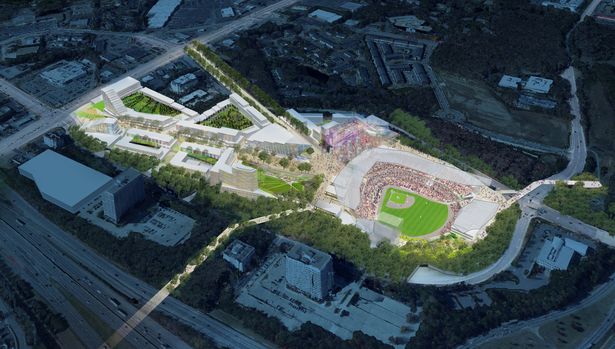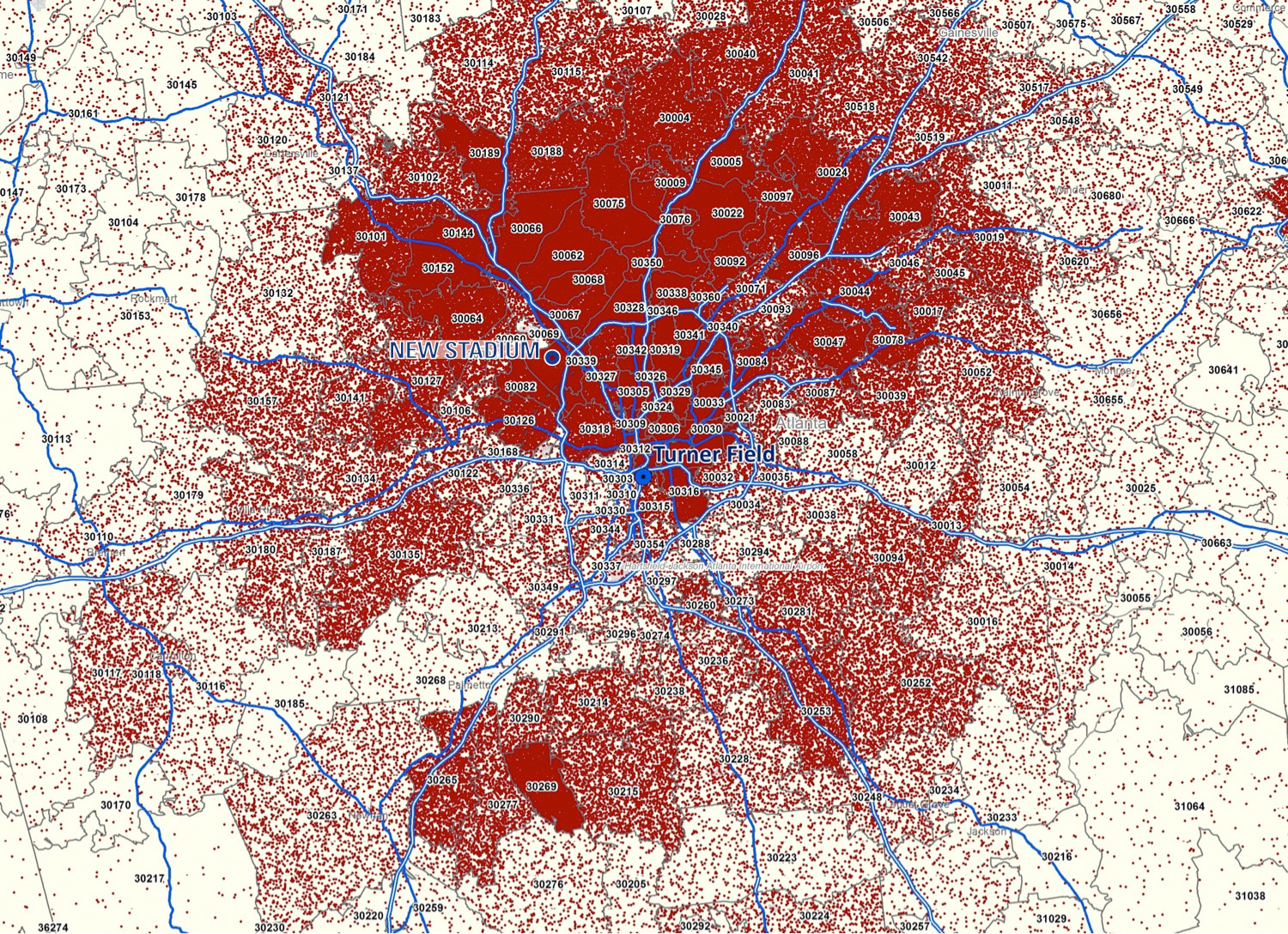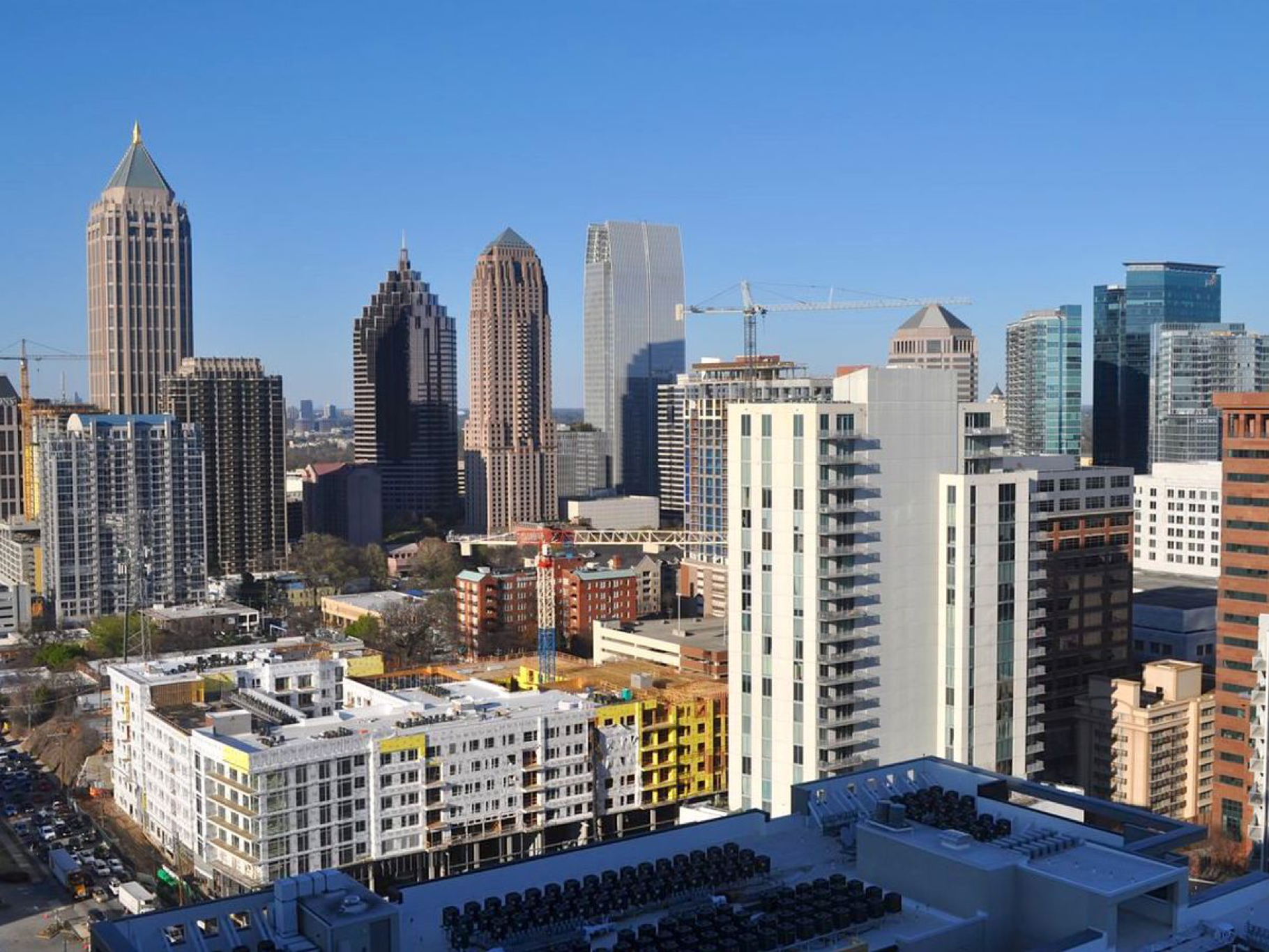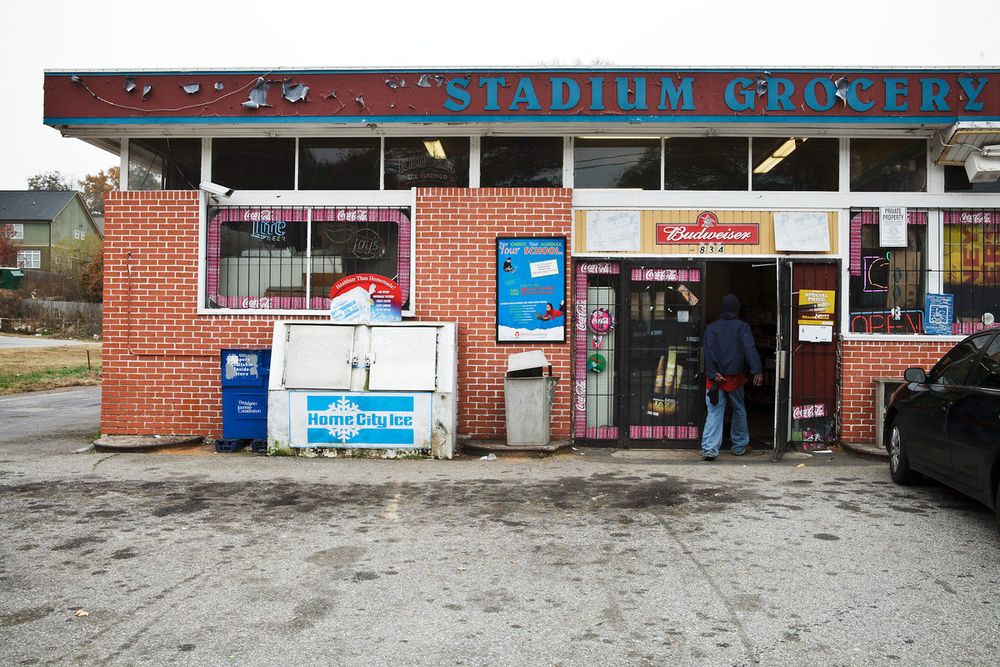By: Korey Boehm

The Atlanta Braves shocked their native city last week when the team announced their intentions to leave Turner Field, their downtown home since 1997. When their 20-year lease expires after the 2016 season, they intend to move into a new stadium in the northern suburb of Cobb County, which team President John Schuerholz claims will be “the most magnificent in all of baseball.” Despite the excitement from the team and their fans on the north side of Atlanta, the announcement was met with much criticism over a number of issues. However, anyone who looks at the bigger picture can see that the move will positively impact both the team and their loyal fans.
The primary concern of many groups has been over the funding of the $672 million stadium when Cobb County already faces a $60 million deficit in their education budget. Several groups have spoken out over the ability, and the necessity, of the county to provide public funding for such a venue when Turner Field is not even 20 years old. For the sake of comparison, the Braves’ former home, Atlanta Fulton County Stadium, remained in use for over 30 years.
On the day of the announcement, it was reported that Cobb County had agreed to contribute $450 million towards the stadium, a whopping 67 percent of the total cost. The team has disputed that figure from the beginning, though; it is now known that the figure agreed upon for the county’s contribution is $300 million, a much less daunting yet still significant 45 percent of the total cost. However, this taxpayer contribution should not be viewed as an expenditure but rather as an investment. The area stands to eventually profit from the roughly 50,000 fans who will venture into the shops, hotels, and restaurants surrounding the stadium a minimum of 82 times every year. Furthermore, the team recently announced plans to provide a $400-million entertainment district, consisting of “a street lined with retail, restaurants, and bars leading up to the stadium” that will be constructed alongside the new stadium, all of which will be completely funded by the Braves themselves. When taking the profits from these new developments into consideration, $300 million seems like a bargain.
As for the necessity of the new stadium, both the team and independent analysts agree that the time was now to make a change. The stadium has “insurmountable transit and development issues,” including a lack of consistent mass transportation (the closest Marta station is roughly a mile away), insufficient parking, and inadequate access to interstates. There is no question that all of these factors negatively affect fan attendance.

In addition, an “estimated $150 million in infrastructure repairs would be needed to improve the facilities.” Not included in that lofty figure are additional parking needs or the construction of mixed-use development surrounding the stadium, both of which the team is unable to do because it does not own the land. If the team had chosen the renovation route, there is no guarantee that this would have been the last time the stadium would have needed repairs. This would have added future costs on top of the original $150 million. Money was going to be spent regardless, and with the team’s lease on Turner field expiring anyway, the decision to leave and therefore the necessity of the new stadium are no-brainers. The team made this point in a statement, noting “Our new location will give us the opportunity to develop the surrounding area of the new ballpark, transforming it into a mixed use, 365-day destination and creating an enhanced atmosphere for our fans during Braves games.”
Naturally, people are hesitant to change. For this reason, many have spoken out against the Braves leaving downtown Atlanta, which has been their home since the team moved to Georgia from Milwaukee in 1966. With the Thrashers recently leaving the city for Winnipeg, Canada, many native Atlantans are outraged that the city itself would be down to only the Hawks and Falcons, who themselves are also in the process of constructing their own new stadium, albeit within the city limits.
It is because of the new Falcons stadium, however that Atlanta found itself unable to match Cobb County’s funding proposal. The city had already pledged $200 million toward a new $1.2 billion stadium for the Falcons, and with a $900 million backlog in infrastructure projects, there simply was not enough money to go around. The deal with the Falcons also included the use of the “hotel/motel tax for improvements to state-owned property,” but this mechanism was unavailable in any potential Braves deal, so any contributions from the city would have meant taking on considerable debt. As mayor Kasim Reed said, “The bottom line is that the city was presented with a choice, and that choice was encumbering between $150 million to $250 million in debt and not having money to do anything else.”
Unlike the Falcons, however, whose plans for their new venue were highly publicized from the beginning, the Braves have encountered much backlash for seemingly keeping their intentions to move a secret. However, the Braves have been quite open with their dissatisfaction with Turner Field, publicly stating as much as recently as last year. In fact, last November, Executive Vice President of Business Operations Mike Plant had this to say about the team’s current location: “As we sit here in 2012, this isn’t where we would have this stadium today. I’m not saying it’s a bad place, but it doesn’t match up with where the majority of our fans come from.”

Plant’s words echo what is arguably the biggest reason for the move: to bring the team closer to its true fan base, as the map to the right clearly demonstrates. It is a little-known secret that the vast majority of Braves fans do not reside in the city, but in its northern suburbs. Those same fans are forced to savagely battle infamous Atlanta traffic to get to Turner Field, located on the southern border of the city, by the typical 7:05 p.m. first pitch. Then, because of the infrastructure problems surrounding the stadium as discussed above, those fans must also navigate their way through traffic when the game ends, typically around 10 p.m. Ask any Braves fan from northern metropolitan Atlanta, and they will attest to what a nightmare getting to and from a Braves game really is. The stadium’s new location, at the intersection of interstates I-285 and I-75, puts the team much closer to the geographical center of its fan base while also allowing for much easier access.
The Braves’ decision to move from their current home might have come as a shock, but as you can see, it makes sense from all angles. It makes sense for Atlanta. It makes sense for Cobb County. It makes sense for the Braves. Most importantly, though, it makes sense for the loyal fans, and at the end of the day, is that not what matters most?

